Introduction
Tea, an ancient and revered beverage, has been a cornerstone of human culture for millennia. Its history is intertwined with traditions, rituals, and the art of living. From the misty mountains of China to the lush gardens of India, tea grows in diverse climates and soil conditions, each variety bearing the unique stamp of its terroir. Among the myriad types of tea, Yongchuan Xiuya stands out as a distinctive and delightful choice for tea enthusiasts. But what type of tea does Yongchuan Xiuya belong to? This article delves into the origins, characteristics, and classification of Yongchuan Xiuya, offering a comprehensive understanding of this exquisite tea.
Origins of Yongchuan Xiuya
Yongchuan Xiuya hails from Yongchuan District, a picturesque region located in the southwestern part of China’s Chongqing Municipality. This area is renowned for its fertile lands and temperate climate, which are ideal for cultivating high-quality tea. Yongchuan’s tea-growing history dates back centuries, with local farmers meticulously nurturing tea plants and refining tea-making techniques over generations.
The name “Xiuya” translates to “delicate sprout” in English, hinting at the tea’s delicate and refined nature. Yongchuan Xiuya is primarily produced in the mountainous regions of Yongchuan, where the tea plants thrive in the cool, misty air and rich soil. The region’s terrain, characterized by rolling hills and dense forests, provides an ideal microclimate for tea cultivation.
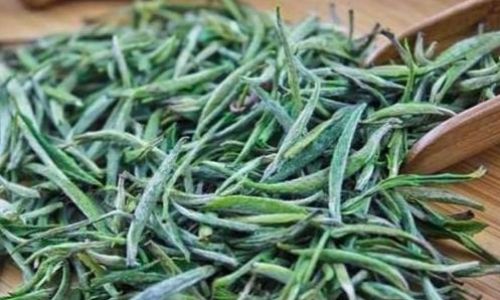
Classification of Yongchuan Xiuya
To understand what type of tea Yongchuan Xiuya belongs to, it is essential to explore the classification system of tea. Tea is broadly categorized based on its processing methods and the level of oxidation it undergoes. The primary categories include green tea, black tea, oolong tea, white tea, yellow tea, and puerh tea.
Green Tea Characteristics
Green tea is characterized by its fresh, grassy aroma and light, refreshing taste. It undergoes minimal oxidation during processing, preserving the natural enzymes and antioxidants present in the tea leaves. Green tea is typically processed by steaming or pan-firing the leaves immediately after harvesting to halt the oxidation process.
Yongchuan Xiuya’s Processing Method
Yongchuan Xiuya undergoes a processing method that aligns closely with the production of green tea. The tea leaves are carefully picked, usually in the early morning when the dew is still on the leaves, ensuring that they are fresh and tender. After harvesting, the leaves are quickly transported to the tea factory to begin processing.
The first step in processing Yongchuan Xiuya is withering, where the leaves are allowed to lose some moisture, making them softer and more pliable. This step also helps to concentrate the flavors and aromas of the tea. Following withering, the leaves are rolled or pressed to release their juices and promote further oxidation. However, unlike black tea, which undergoes full oxidation, Yongchuan Xiuya’s oxidation is halted at an early stage by heating or firing the leaves.
The firing process can involve steaming, pan-firing, or oven-drying. Yongchuan Xiuya is often pan-fired, which gives the tea its unique aroma and flavor profile. The pan-firing process involves heating the leaves in a large, flat pan over an open flame, stirring constantly to ensure even heating. This method allows for precise control over the degree of oxidation and the final taste of the tea.
After firing, the leaves are sorted and graded based on their size, shape, and color. The highest-quality leaves are selected for premium grades of Yongchuan Xiuya, while the remaining leaves are used for lower grades or blended into other teas.
Comparison with Other Green Teas
While Yongchuan Xiuya shares similarities with other green teas in terms of its processing method and minimal oxidation, it has its own unique characteristics that set it apart. The terroir of Yongchuan District, including its soil composition, climate, and elevation, contributes to Yongchuan Xiuya’s distinct flavor profile.
The tea leaves of Yongchuan Xiuya are known for their delicate appearance, with a light green color and a fine, downy texture. When brewed, Yongchuan Xiuya produces a clear, pale green liquor with a subtle, floral aroma and a slightly sweet, refreshing taste. Its flavor is often described as delicate, smooth, and slightly nutty, with a hint of fruitiness.
In comparison, other famous green teas like Longjing (Dragon Well) tea from Zhejiang Province have a more robust and vegetal flavor, while Sencha from Japan tends to be more grassy and astringent. Yongchuan Xiuya’s unique flavor profile makes it a standout among green teas, appealing to tea enthusiasts who appreciate a more refined and delicate taste.

Cultural Significance and Consumption
Yongchuan Xiuya is not just a beverage; it is a part of Yongchuan’s cultural heritage. The tea is deeply integrated into the local lifestyle, with people often enjoying it as part of their daily routine. It is served in tea houses, restaurants, and homes, where it is appreciated for its refreshing taste and calming effect.
In recent years, Yongchuan Xiuya has gained recognition beyond its local borders, attracting tea enthusiasts from around the world. Its unique flavor and high quality have made it a sought-after choice for those seeking a premium green tea experience.
Health Benefits of Yongchuan Xiuya
As with other green teas, Yongchuan Xiuya boasts a range of health benefits. The tea is rich in antioxidants, particularly catechins and polyphenols, which have been shown to have anti-inflammatory and anti-cancer properties. Regular consumption of Yongchuan Xiuya may help to lower blood pressure, improve cardiovascular health, and enhance cognitive function.
Furthermore, Yongchuan Xiuya’s minimal processing and lack of additives make it a healthier choice compared to other beverages. It is low in caffeine and free from sugars and artificial ingredients, making it a suitable option for those looking to maintain a healthy lifestyle.
Conclusion
In conclusion, Yongchuan Xiuya belongs to the category of green tea. Its delicate flavor, smooth texture, and unique aroma make it a standout among green teas, appealing to a wide range of tea enthusiasts. The tea’s origins in Yongchuan District, China, and its traditional processing methods contribute to its high quality and cultural significance.
Yongchuan Xiuya’s classification as a green tea also means that it offers a range of health benefits, including antioxidants, anti-inflammatory properties, and potential improvements in cardiovascular and cognitive health. As tea culture continues to evolve and expand globally, Yongchuan Xiuya is poised to become an even more popular and cherished choice for tea lovers worldwide.
For those who have yet to experience Yongchuan Xiuya, it is a tea worth exploring. Its subtle flavors and refreshing taste make it an ideal choice for any time of day, whether enjoyed alone or with friends. With its rich history and cultural significance, Yongchuan Xiuya is not just a beverage; it is a journey through time and tradition, offering a glimpse into the heart of Yongchuan District and the art of tea-making.
As tea enthusiasts continue to seek out new and exciting varieties of tea, Yongchuan Xiuya stands ready to welcome them with its delicate sprouts and timeless charm. So, the next time you find yourself in search of a premium green tea experience, consider giving Yongchuan Xiuya a try. You may just discover a new favorite among the myriad wonders of the tea world.
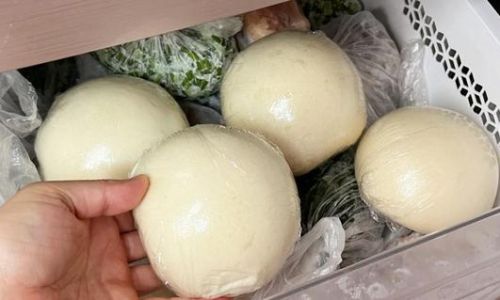
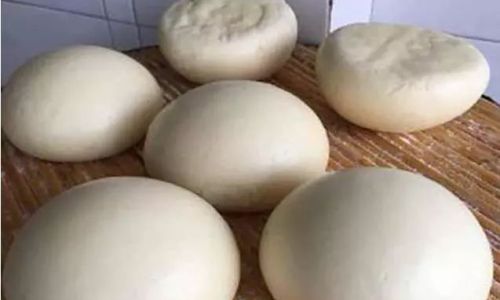
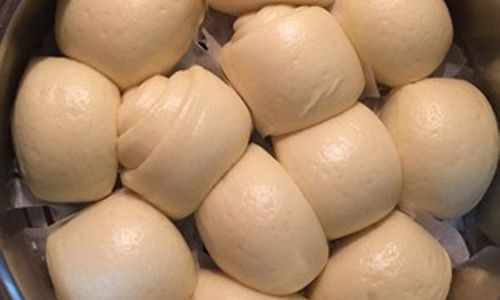
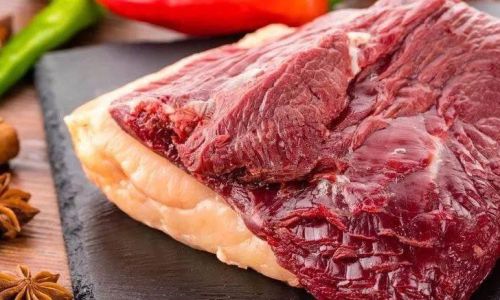
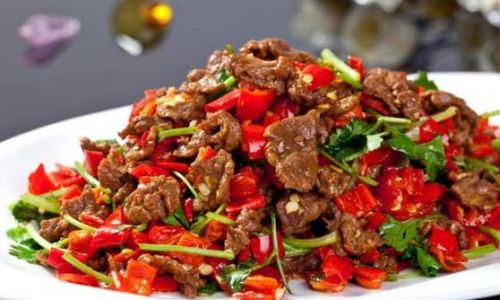
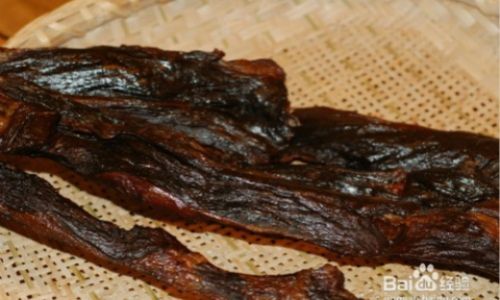
0 comments